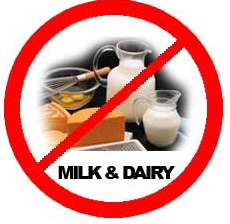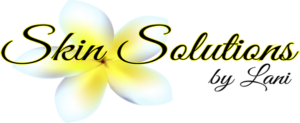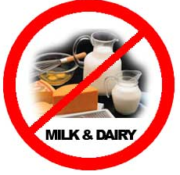Removing dairy for clear and youthful skin – cutting milk, cheese and butter will reduce breakouts and redness, and improve your complexion. Which came first, the milk or the hormones? Most dietitians, dermatologists and estheticians believe that it’s how milk is produced and processed that causes the most complexion problems. Dairy cows not only have naturally occurring hormones, like progesterone and insulin growth factor, but are often given additional hormones to increase production and keep them in an artificial state of lactation. This means that excess hormones make their way into the milk, which can lead to increased levels of inflammation, aging and acne.
Some people may find benefits in just transitioning dairy intake to organic sources only, which have less hormonal and antibiotic content than conventional dairy. For others, that might not be enough to combat everything. If you’re dealing with dairy-related issues, I recommend removing dairy completely for 10-12 weeks to see if you observe noticeable changes. Since the average life of a skin cell is about 100-120 days, you should see improvements in your skin tone and acne production within that time period. From there, reintroduce one dairy product at a time into your diet to see how you respond to it.
For most Americans, dairy is their primary dietary source of calcium and vitamin D. It is important to find other foods to replace those nutrients. many non dairy milks like almond, cashew and soy are usually fortified with calcium, and vitamin D, but check the label to make sure. A serving of dark leafy greens like spinach, kale and broccoli contains about 150 milligrams of calcium, which is 1/7 of the daily requirement.
If you have tried cutting dairy products and are still experiencing breakouts & redness or have other skin concerns, then it’s time to dig deeper. Connecting with Skin Solutions by Lani is your next best move. I will work with you to find the source and help you transform your skin naturally!
Most dietitians, dermatologists and estheticians believe that it’s how milk is produced and processed that causes the most complexion problems.


